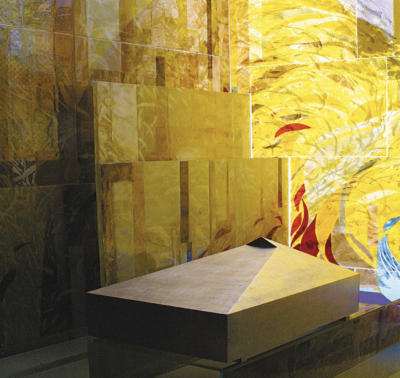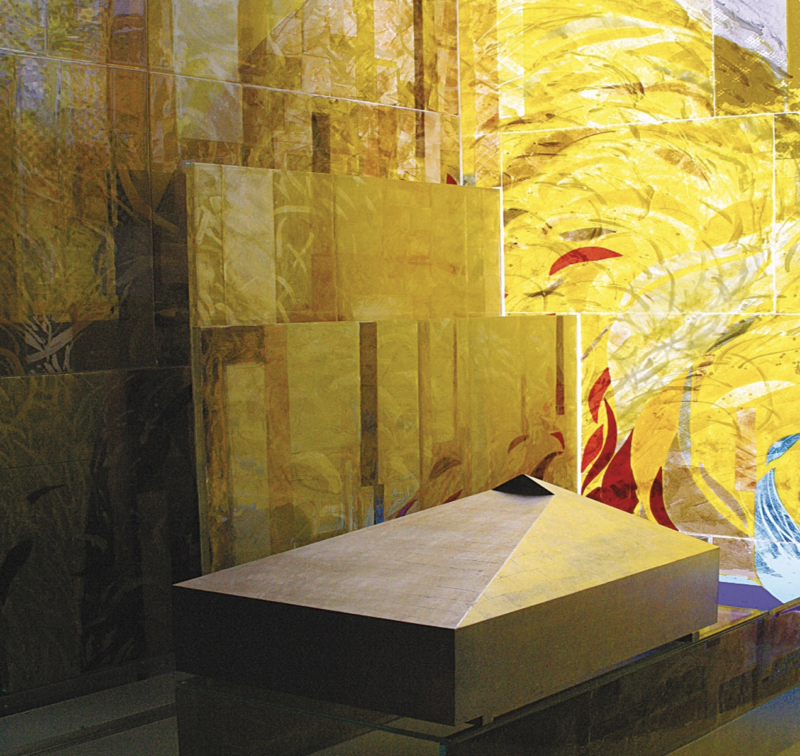
The tomb of Blessed Dr Ladislaus Batthyány-Strattmann. (Photo: Diocese of Eisenstadt)
This month, our ‘Christian Heritage month by month’ column presents the tomb of the Blessed Dr. Ladislaus Batthyány-Strattmann, an important historical, cultural and religious site in Austria, visited by numerous pilgrims every year.
Doctor Ladislaus was born on 28 October 1870 in Dunakiliti (Hungary) into an ancient noble family. In 1876 the family moved to Austria. He was already convinced at an early age that, when he grew up, he would be a “doctor of the poor”, giving free treatment to the sick and the poor.
Indeed, he became a recognised physician, surgeon, a highly qualified ophthalmologist, who treated 80-100 patients daily, free of charge. His virtuous and charitable life led him to be beatified in 2003 by Pope John Paul II.
Until then, he had been buried in the tomb of the Batthyány family. However, due to the increasing number of pilgrims, a new tomb was erected next to the main entrance of the Basilica Maria Heimsuchung in Güssing. His mortal remains were transferred there.
The new tomb was designed the Heinz Ebner (artist) and erected by Johann Trautmann (architect). The tomb consists of a glass cube open to the church. As a symbol of the multi-layered depth of Batthyány’s life, the volume of the glass cube is also built up in layers. On the upper side of the tomb there is an inscription “Fidelitate et caritate”, the motto of Blessed Doctor Ladislaus.
The tomb finds its European dimension by being located at the border between Austria and Hungary (today’s Burgenland) and represents a tangible memory of charitable work spurred by Christian faith.

